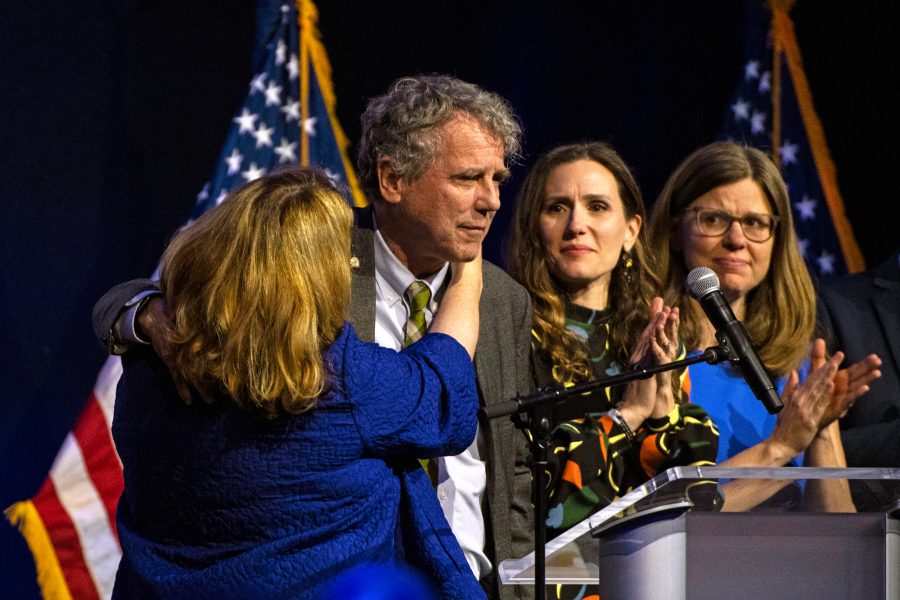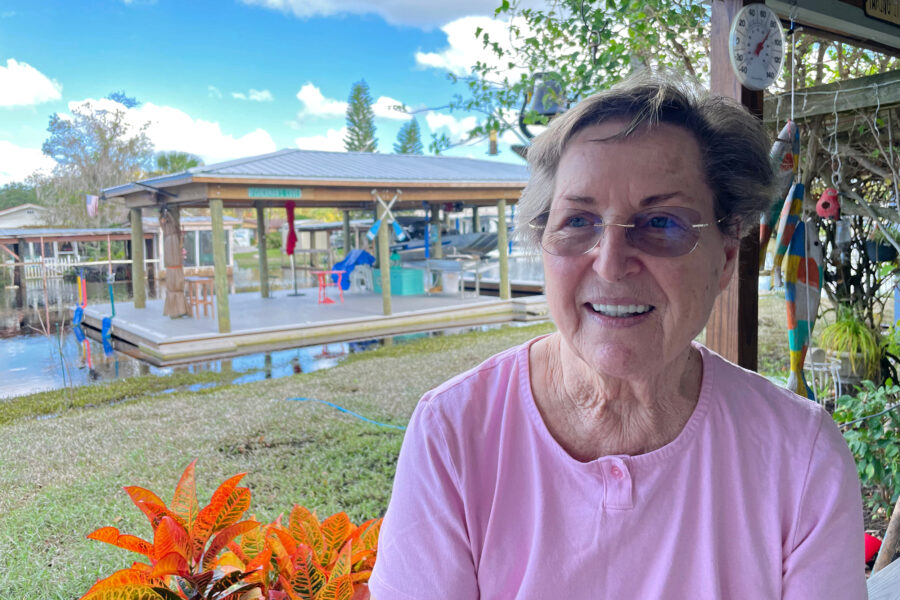Fish and Wildlife Service Proposes Sprawling Conservation Area in Everglades Watershed
ORLANDO, Fla.—A new federal proposal calls for creating a conservation area that would span 12 counties in Florida, from the Everglades’ headwaters in the center of the state to sawgrass prairies further south, preserving a region that is home to imperiled species like the Florida panther, the official state animal.
The Everglades to Gulf Conservation Area would encompass freshwater marshes, pine flatwoods and agricultural pastures, significantly
extending protected lands within a watershed that spans much of the peninsula. Among the areas previously designated in the Everglades, the country’s largest subtropical wilderness, are the Arthur R. Marshall Loxahatchee National Wildlife Refuge, the Big Cypress National Preserve, and Everglades National Park, which in 1947 became the first preserve to safeguard this region’s natural resources.
The proposal comes as explosive growth continues to pressure Florida’s natural spaces and as rising seas and more damaging hurricanes are expected to push development inland. The construction boom threatens not just wilderness but also working farms and ranches in the state’s heartland.
“We all know that development is coming,” said Kathy Burchett, refuge supervisor at the U.S. Fish and Wildlife Service, the agency that drafted the proposal. “In a blink of an eye, there is another expansion of a highway.”
The conservation area would enlarge the Florida Wildlife Corridor, a network of some 18 million acres set aside in the state as connected spaces where animals like panthers and bears can roam. And it would support the $21 billion-plus restoration of the Everglades, a watershed that supplies the drinking water of some 9 million Floridians.
The Everglades to Gulf Conservation Area would begin near Lakeland in central Florida and stretch to the southwest, bordering the Everglades Headwaters National Wildlife Refuge and Conservation Area and encircling part of Lake Okeechobee before ending at the Big Cypress National Preserve. The proposal is centered on a 4 million-acre swath, although the land would be acquired only from willing sellers, making its ultimate size somewhat hard to predict.
The conservation area would include the watersheds of the Peace River, the Myakka River, Fisheating Creek and the Caloosahatchee River. And it would shore up protection for a region that suffered heavy damage when Hurricane Ian flattened parts of southwest Florida and caused widespread flooding across the state’s interior last year. Ian was the costliest hurricane in state history and the third-costliest on record in the United States, after Katrina in 2005 and Harvey in 2017.
“Florida used to be really, really wet, and we’ve drained it, and now we have water shortages and water problems,” said Paul Gray, the science coordinator for Audubon Florida’s Everglades program. “We’re trying to get the watershed back in as natural a function as we can.”
At the heart of the proposal are conservation easements, a relatively new concept in Florida that protects property from further development but allows owners like ranchers to keep working their lands.
The Everglades to Gulf Conservation Area would be modeled after the Everglades Headwaters National Wildlife Refuge and Conservation Area, which was established in 2012 with conservation easements applied to about two-thirds of its land. Yet the new area would take the concept further, with around 90 percent of its land acquired under such easements.
The Fish and Wildlife Service would acquire the remaining 10 percent of the land, where people could pursue wildlife-based recreational opportunities like hunting and fishing along with photography and other cultural activities, the agency said.
Gray emphasizes that working lands can have conservation value. “A Florida panther can walk across a ranch and be relatively safe,” he said. “They can walk across a citrus grove and be relatively safe. But you can’t have them walking through neighborhoods without conflict.”
Home to more than 70 species on federal and state lists of those endangered or threatened, including the Florida panther, Florida scrub jay and Everglades snail kite, the new conservation area would be part of the National Wildlife Refuge System. Some parts of the proposed conservation area are already protected as national and state parks and tribal lands, but the added territory could enable wildlife to roam beyond southwest Florida.
While draining the Everglades made modern Florida possible, it has brought the state’s most important freshwater resource to the brink. The conservation area would help address water quality problems in the watershed by giving federal and state agencies involved in the restoration effort an opportunity to restore wetlands and recapture water that is now drained out to sea.
The watershed begins in central Florida with the headwaters of the Kissimmee River and includes Lake Okeechobee before flowing to the sawgrass prairies and then Florida Bay, at the peninsula’s southernmost tip.
The Fish and Wildlife Service said that the federal funding for the project would most likely be provided through the Migratory Bird Conservation Fund and the Land and Water Conservation Fund, which rely on revenue from sales of Federal Duck Stamps, entrance fees at national wildlife refuges, and offshore oil leases, among other sources.
A 30-day public comment period on the federal proposal began on Sept. 26, and the project could be approved as soon as early as next year, Burchett said.
Eve Samples, executive director of Friends of the Everglades, said the proposal for the conservation area was valuable but did not go far enough. For example, she said, it does not address the need to conserve lands south of Lake Okeechobee in what is known as the Everglades Agricultural Area.
That area and its sugar farmers have played a complicated role in restoration because of their water and fertilizer needs. Such agricultural demands have had a lasting harmful impact on the historical Everglades, known as the river of grass.
“We know in Florida that the most pressing need for land acquisition is in the Everglades Agricultural Area, so that we can treat adequate volumes of water from Lake Okeechobee and reconnect the river of grass in a way that works with nature,” Samples said. “This proposal doesn’t appear to achieve that.”
Share this article
Disclaimer: The copyright of this article belongs to the original author. Reposting this article is solely for the purpose of information dissemination and does not constitute any investment advice. If there is any infringement, please contact us immediately. We will make corrections or deletions as necessary. Thank you.







